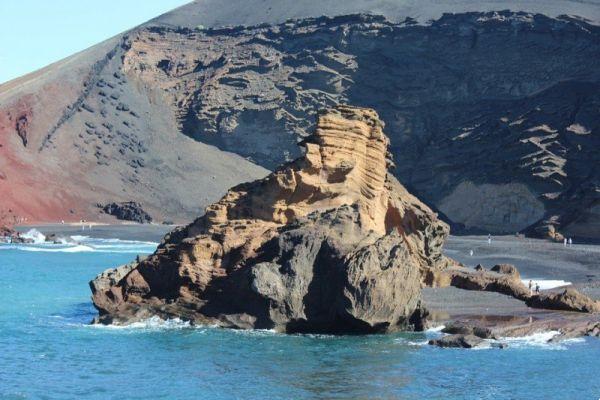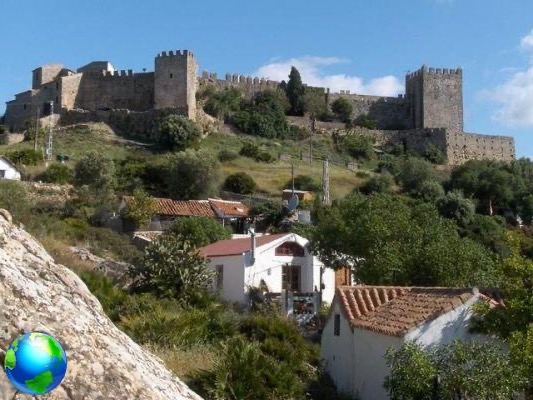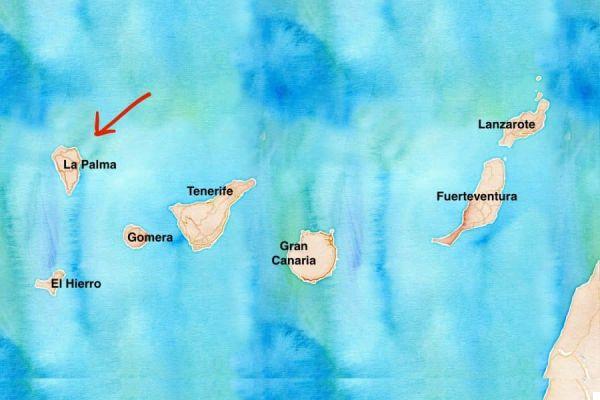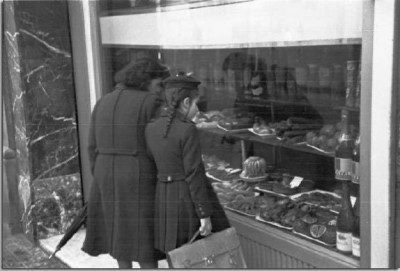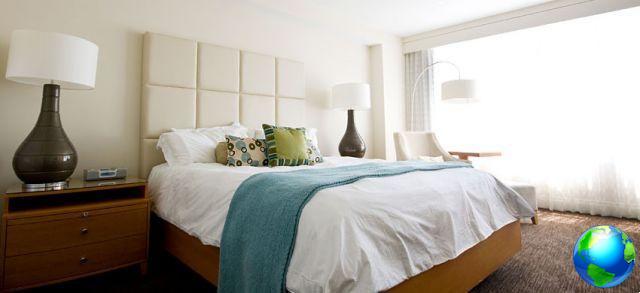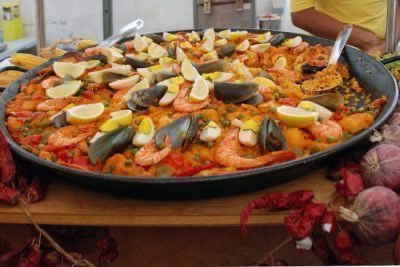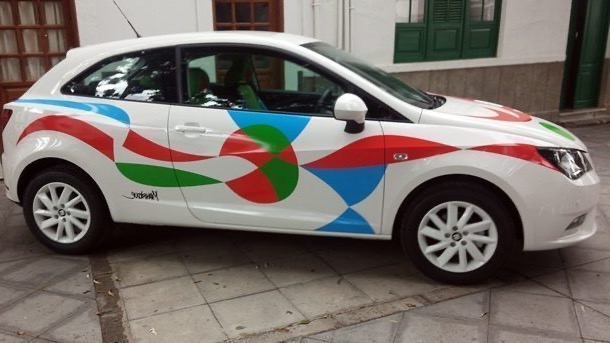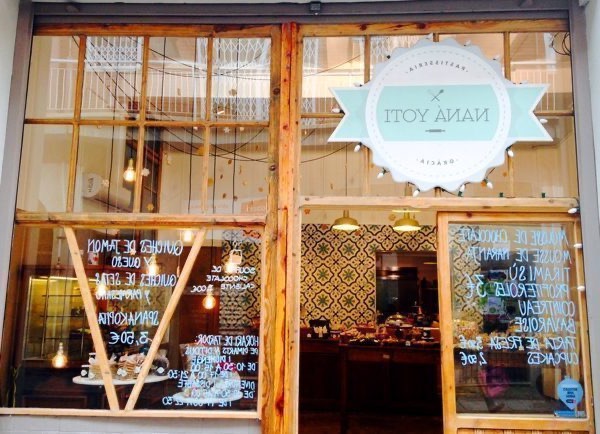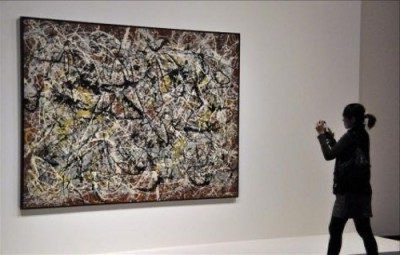



The Metropolitan Cathedral of Santa María de la Sede de Sevilla, note simply as Seville Cathedral, is built in the Gothic style and covers over 11 thousand square meters, making it the third largest church in the world. Since 1987 part of the UNESCO World Heritage List together with the Alcazar and the Archivo de Indias, it is one of the largest and most beautiful religious buildings in the world.
The building, with its grandeur, was built to demonstrate the well-being of the city, after becoming an important commercial center. The works began in 1402 and they continued until 1506. The clerical components of the parish donated half of their salaries to pay architects, artists, craftsmen and so on.
In the following years there were problems only with the dome, which collapsed more than once years later.
The site on which the Cathedral was built was that ofancient mosque of Seville. Of the latter still remains the minaret, which was converted into a bell tower, known as The Giralda, which today is an undisputed symbol of the city of Seville.
What to see inside the Cathedral
The inside of this wonderful Gothic-Renaissance cathedral it is structured like that of a basilica but its perimeter follows that typical of Arab mosques: composed of five aisles in the Gothic style and two chapels, the Major and the Royal, and inside it preserves important artistic treasures.
The central nave is more than 40 meters high and is richly decorated with a large amount of gold. In the main body of the cathedral, the most admired work is the altar with its decorations: there are in fact carved scenes from the life of Christ, a work of the craftsman Pierre Dancart.
In Pavilion room Some private art collections are also exhibited: many of these works were created by the great masters of the XNUMXth century, the golden age of Sevillian art.
The tomb of Christopher Columbus
La tomb of Columbus it is undoubtedly one of the major attractions for those who decide to visit the Cathedral of Seville. The tomb itself dates back to 1892; the funeral sculpture consists of a coffin raised by 4 men representing the kingdoms of Castile, Leon, Aragon and Navarre.
Other cities also claim to have the remains of Christopher Columbus, such as Havana and Santo Domingo. However, recent DNA studies show that the remains of the Genoese explorer lie right here in Seville.
Sacristies and Chapter Hall
In the cathedral there are numerous rooms in which almost numerous treasures are kept. In Sacristy of the Calices, right above the altar is the Santas Yusta y Rufin, the painting created by Goya in 1817 depicting the two martyrs of Seville. In the Sacristia Mayor, surmounted by a large dome, are the Custody de Juan de Arfe, a majestic silver monstrance, and the keys of the city which were given to Ferdinand III in 1248. The Cabildo, the Chapter House, was designed by Herna Ruiz, the same architect as the Giralda, and inside is La Immaculada, Murillo's masterpiece.
The Giralda
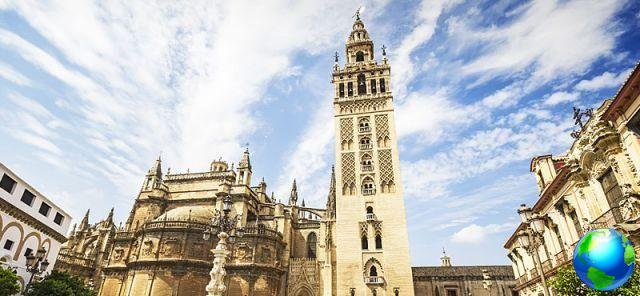
La Giralda as already mentioned it is the ancient minaret of the mosque built before the Cathedral. Its height is 105 meters and its base has an area of 7 square meters. The former minaret, one of the three almohad in the world together with that of Marrakech and Rabat, it was built to resemble the minaret of the Koutoubia Mosque in Marrakech, in Morocco. It was then converted into a cathedral bell tower after the Reconquista period.
Its construction began in 1184 under the direction of the architect Ben Ahmad Baso |. According to the chronicler Ibn Sahib al-Salah, the works were completed in 1198, with the placement of four gilt bronze spheres in the upper section of the tower.
In the 16th century the bell tower was modernized by the architect Hernan Ruiz il Giovane. On the top there was a statue, known with the name of "The Giraldillo“, Installed in 1568 to represent the triumph of the Christian faith. The name Giralda derives precisely from this Italian bronze sculpture that turns on itself according to the wind.
Le decorations and colors make the Giralda the best example of Islamic architecture to be found in Spain. Its beauty comes from the shadows formed by the brick blocks and the succession of arched niches and windows. Each of the four facades is divided into three vertical sections with ornaments given by the repetition of small arches that form a network of rhombuses. The interior of the tower is equally impressive and includes 35 flights of stairs just wide enough to allow the passage of two mounted guards.
The entrance the tower is from inside the cathedral, to the left of the Capilla Real in the northeast corner. From the top of the Giralda you can admire a wonderful landscape over the whole of Seville.
Entrance tickets to the Cathedral and the Giralda
The Cathedral is theSeville's most visited attraction and to visit it you need to buy an entrance ticket or take part in a guided tour. There are different types of tickets: choose the one that's right for you! We advise you to visit it anyway in the moments of less crowds, that is in the early morning or late afternoon.
Remember they are expected reductions for pensioners and students up to 25 years. L'free admission finally, it is reserved for disabled people and children up to 14 years of age. The ticket office closes one hour before the Cathedral closes, but it can often happen that the opening hours change if there are religious ceremonies in place.
Skip-the-line ticket for the Cathedral
Given the large influx of tourists to the Cathedral, we recommend that you buy a skip-the-line ticket: it will allow you to save a lot of time queuing at the entrance, perhaps under the hot Seville sun!
Ticket + guided tour of the Cathedral of Seville
If you want to deepen your visit to the Cathedral with an official tour guide who will explain everything about the main attractions of Seville, buy a guided tour among the following that we offer.
Combined ticket with the Alcazar
Many tourists visit the Cathedral, the Giralda and the Alcazar together: if you want to optimize your time you can buy only one tour that includes entrance tickets and a guide who will explain and make you discover every detail of the main attractions of Seville.
Opening time
The Cathedral is open from Tuesday to Saturday from 11.00 to 17.00. On Monday it observes a time until 15.30. In fact, from 16.30 to 18.00 the Cathedral is open only for visits booked in advance with an audio guide. On Sundays it can be visited from 14.30pm to 18.00pm.
Curiosity: the doors of the Cathedral
La Seville Cathedral is famous for its 15 doors, distributed on the 4 access sides, including:
- La Door of Baptism, on the west facade.
- The main gate or Gate of the Assumption, in the center of the west facade, well preserved and richly decorated.
- On the south facade do not miss the Door of San Cristoforo or the Market.
- La Door of the Conception, on the north facade.
- La Door of the Lizard, which leads to the Patio de los Naranjos, owes its name to the decorative crocodile hanging from the ceiling. The sculpture is a gift from the Sultan of Egypt to King Alfonso X.
La Shrine Gate precisely provides access to the sanctuary. Designed by Pedro Sanchez Falconete towards the end of the 17th century, it is framed by Corinthian columns with a sculpture depicting King Ferdinand III of Castile.
Finally, there are the Door of Forgiveness, which gives access to the Patio de los Naranjos, the Door of Batons and Door of the Bells, so called because at the time of the construction of the Cathedral, in the vicinity there were the bells that were to call the workers to the job.
The Patio de Los Naranjos, the old Muslim courtyard now full of orange trees, dates back to the Arab era, and it was here that the faithful washed their hands and feet before the hours of prayer.






